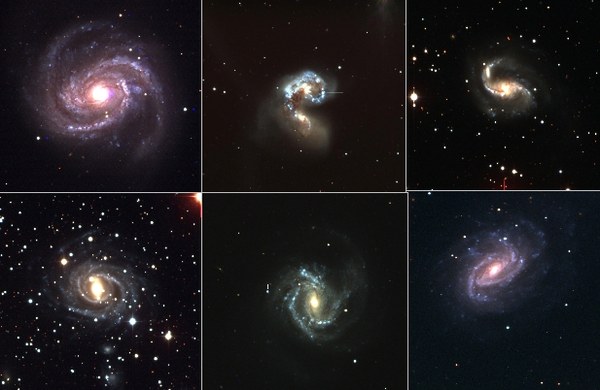The Carnegie Supernova Project

The low redshift portion of the Carnegie Supernovae Project (CSP) seeks to remedy this situation by providing photometry and spectrophotometry of a large sample of supernovae taken on telescope/filter/detector systems that are well understood and well characterized. During a five-year program, which began in September 2004, we expect to obtain high precision u'g'r'i'BVYJHK light curves and optical spectrophotometry for about 250 supernovae of all types with redshift range 0 < z < 0.1.
The high-redshift CSP is aimed at providing an independent estimate of the dark energy contribution to the total energy content of the universe. Using Type Ia supernovae, the high-z CSP differs from other projects to date in its goal of providing an I-band restframe Hubble diagram. The CSP is focused on testing for and reducing systematic uncertainties by obtaining multi-wavelength observations of approximately 100 supernovae falling in the redshift range 0.2 < z < 0.7.
This material is based upon work supported by the National Science Foundation under Grants AST-0306969, AST-0607438, AST-1008343, AST-1613426, AST-1613455, and AST-161347.
Any opinions, findings and conclusions or recommendations expressed in this material are those of the author(s) and do not necessarily reflect the views of the National Science Foundation (NSF).
